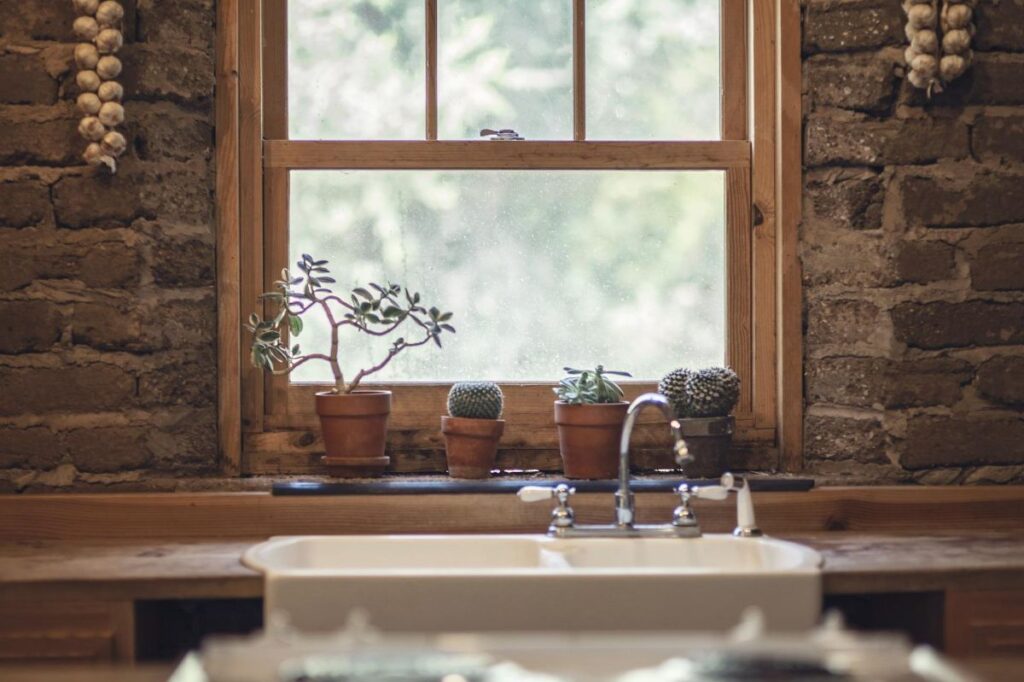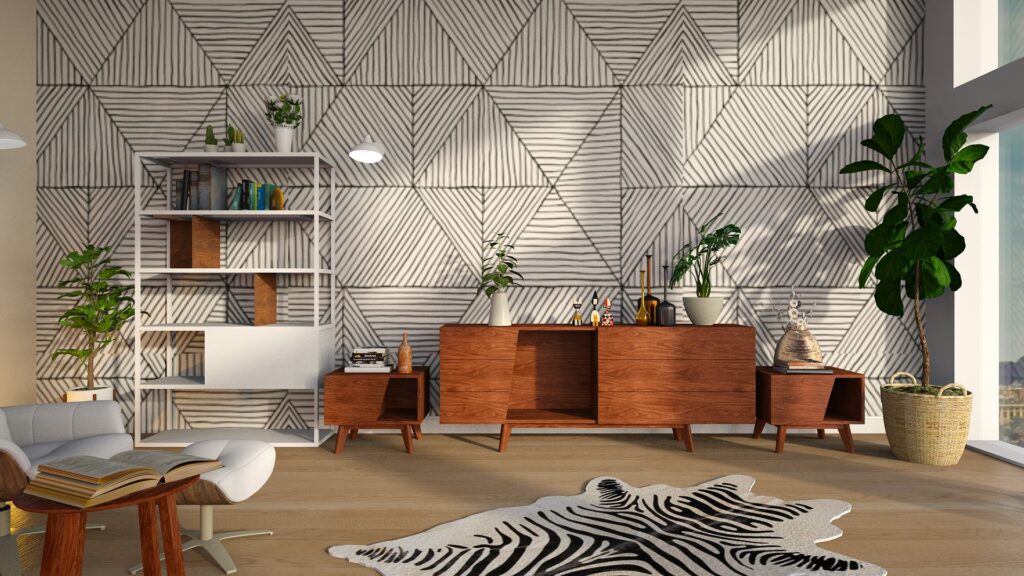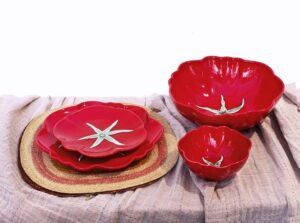Adding plants to a small space can be an excellent way to enhance its appearance and create a sense of freshness and vitality. However, it is important to do so carefully to avoid the space feeling cluttered or messy. Here are some secrets to help you enjoy your plants.
Choose small, low-maintenance plants
When it comes to adding plants to a small space, it is essential to select species that fit the size of the area and require little maintenance. Opt for small or medium-sized plants, such as cacti, succulents, ferns, or hanging plants, that don’t take up much space but add a touch of greenery and freshness to your environment.

Consider the ease of care of the plants you choose. Hardy species that require little water are ideal for small spaces, as they are not only less demanding in terms of care, but also less likely to grow uncontrollably and take up too much space.
Use hanging or vertical pots
In a small space, every inch counts. Therefore, consider using hanging pots or vertical systems to place your plants and make the most of the available wall or ceiling space. Hanging pots are ideal for hanging or climbing plants, while vertical systems allow you to create a vertical garden with several species in a small space.
In addition to saving space, hanging pots and vertical gardens add an interesting decorative element to your home, creating a more dynamic and visually appealing environment. You can use macramé or metal supports to hang the pots, or build your own vertical garden with wooden pallets or floating shelves.
Strategically group the plants
Instead of scattering plants throughout the space, consider strategically grouping them in specific corners to create focal points of greenery and color. Grouping plants not only helps maximize the available space, but also creates a sense of cohesion and harmony in the decoration.

For example, you can create a plant corner in an empty corner of the room, or place several pots on a shelf or bookcase to create a visually interesting display. Additionally, playing with different heights and textures of the plants can add depth and dimension to your space, creating a sense of openness and dynamism.
Incorporate functional plants
Think about incorporating plants that also serve a practical function, such as purifying the air or repelling insects. By choosing functional plants, you will be maximizing the benefits you get from each plant and optimizing the space in your home.
Some plants, such as snake plant, bamboo palm, or peace lily, are known for their abilities to purify the air, removing toxins and improving indoor air quality. These plants are ideal for small spaces, as they are not only decorative, but also contribute to creating a healthier and more comfortable environment.

Another option is to consider incorporating insect-repelling plants, such as basil, lavender, or citronella. These plants not only add a pleasant aroma to the environment, but also help keep mosquitoes and other unwanted insects at bay, creating a more comfortable and pest-free environment in your home.
By incorporating functional plants in your small space, you will be adding value both aesthetically and practically to your home. Additionally, by choosing plants that serve a specific function, you will be optimizing the space and maximizing the benefits you get from each plant, creating a healthier, more comfortable, and functional environment in your home.
Adding plants to a small space can be an excellent way to enhance its appearance and create a fresher and more welcoming environment. With these tips, you can enjoy the benefits of plants in your small space without sacrificing style or functionality.
via: MiMub in Spanish












